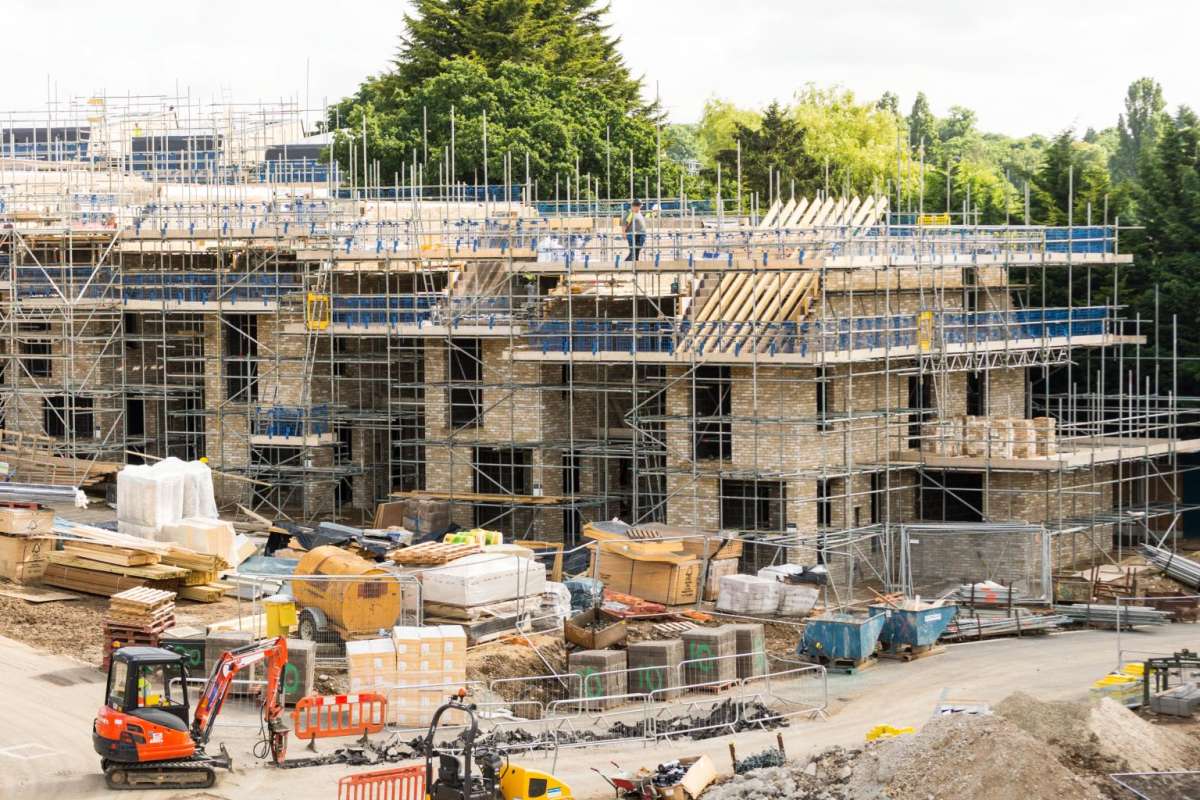London faces the most severe housing pressures in the country. London Councils estimates one in 50 Londoners is currently homeless and living in temporary accommodation, including at least one homeless child in every London classroom. More than 320,000 households are on waiting lists for social housing in the capital…reports Asian Lite News
Responding to the Deputy Prime Minister Angela Reyner’s’s announcement on reforming the National Planning Policy Framework, London boroughs have reiterated their strong support for housing growth.
London faces the most severe housing pressures in the country. London Councils estimates one in 50 Londoners is currently homeless and living in temporary accommodation, including at least one homeless child in every London classroom. More than 320,000 households are on waiting lists for social housing in the capital.
Boroughs have long sought to turbocharge housebuilding to encourage economic growth and address the homelessness crisis. London Councils points to the pipeline of 286,000 homes that have already been granted planning permission in London but are waiting to be built, while reiterating concerns about serious challenges to housing delivery.
The cross-party group welcomed the Deputy Prime Minister’s declaration that councils will have more freedom over how they use the money raised from Right to Buy council house sales. Boroughs have called for fewer restrictions on the use of these sales receipts, arguing that they undermine boroughs’ ability to invest locally in replacement homes and that too much funding is redirected to the Treasury.
“There is no doubt that more homes are urgently needed in London and indeed around the country,” said Cllr Peter Mason, London Councils’ Executive Member for Planning & Skills. “Boroughs are strongly pro-housing growth and welcome the government’s focus on boosting housebuilding – including affordable homes and social housing.
“New flexibilities over how we use Right to Buy sales receipts are a big step in the right direction. Reducing restrictions will help ensure more money raised from council house sales is better invested locally in building replacement homes.
“London boroughs have a good record in granting planning permission, but construction of new homes has seriously stalled in the capital and we’re keen to work with the government in addressing this. As well as improving the planning system, we also need action on the other major factors undermining housebuilding – including the lack of local infrastructure, construction skills shortages, and insufficient long-term funding for affordable homes.”
Homelessness in London
A recent report by the National Audit Office on the effectiveness of government in tackling homelessness demonstrates the “urgent need for a new approach.” The NAO’s key findings include:
Homelessness has increased in recent years and is now at the highest level since comparable data collection began in the early 2000s; A shortage of available housing makes it expensive for local authorities to house people in temporary accommodation, as well as harder for people to find a home.
Local authority spending on homelessness services has more than doubled since 2010-11. This puts severe financial strain on councils, with some telling the NAO that homelessness pressures could result in them issuing a Section 114 notice – effectively a declaration of bankruptcy. Central government’s funding arrangements for local authorities’ homelessness services remain “complex, fragmented, and sometimes uncertain”.
“Every homelessness case is a human tragedy,” said Cllr Grace Williams, London Councils’ Executive Member for Housing & Regeneration. “One in every 23 children in London is currently homeless and living in temporary accommodation. These rates of homelessness have massive impacts on individual wellbeing and opportunities, as well as contributing to unsustainable financial pressures on council budgets.
“But homelessness is not inevitable. As this report clearly demonstrates, government policy could be far more effective in tackling homelessness and getting to grips with its underlying causes. Better co-ordination across government departments, greater housing security, sufficient funding for councils, and more investment in building affordable homes are key to turning the situation around.
Although homelessness is a major challenge around the UK, the capital faces the most extreme pressures and accounts for almost 60% of all homeless households in temporary accommodation in England.
London Councils highlights its own estimate that more than 175,000 Londoners – equivalent to one in 50 residents of the capital – are currently homeless and living in temporary accommodation. This figure includes one in 23 children, meaning on average there is at least one homeless child in every London classroom.
Earlier this year London Councils’ research found boroughs were collectively spending £90m a month – or £3m every day – on temporary accommodation. The cross-party group warned these costs pose a “critical danger” to town halls’ financial stability.
ALSO READ-India’s top women’s college LSR’s London based alumni in conversation with actor Taha Shah Badussha









